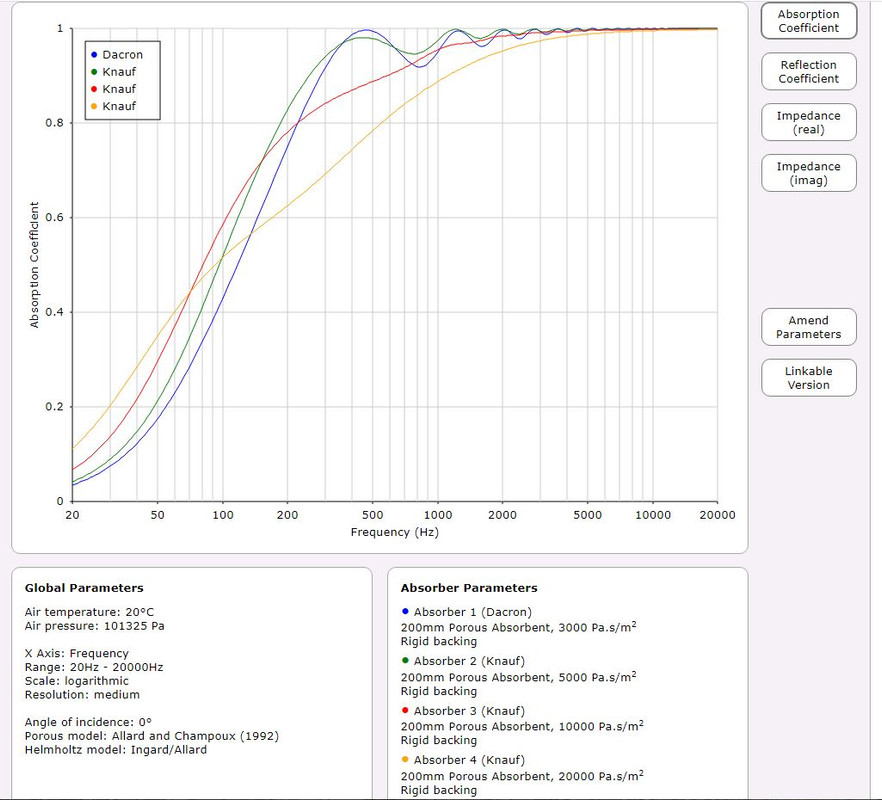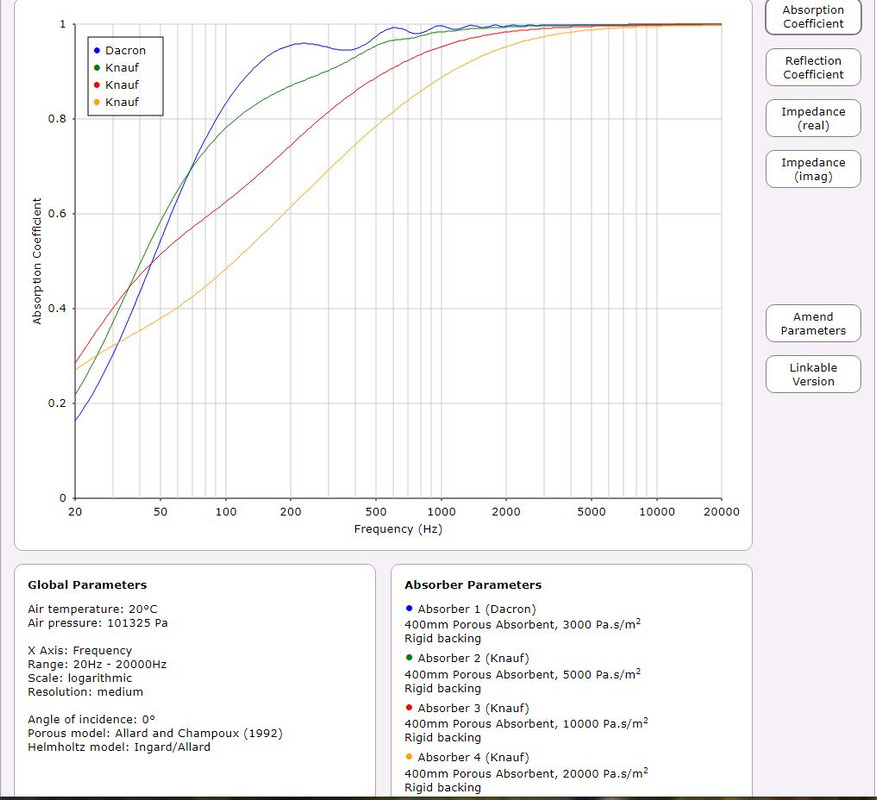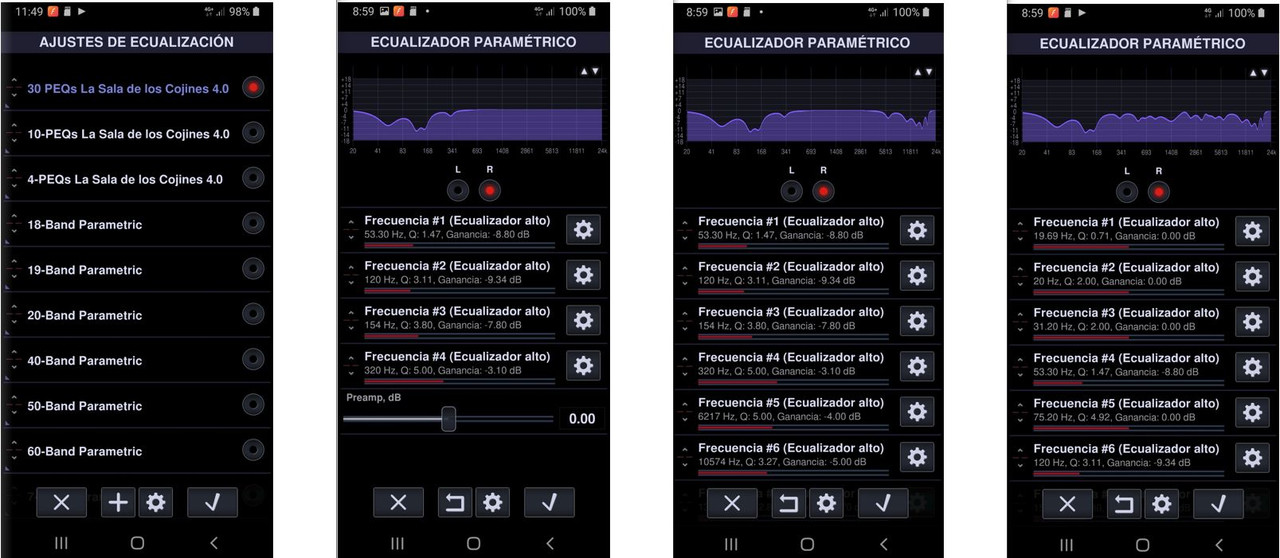Well, if we don't think we should substantiate our words, then words become rather cheap, don't they? There are some-to-many who deliberately take advantage of not thinking they ought to substantiate their claims. Not saying you but they do exist and they 're called paper tigers. Because nobody holds them accountable for their words. Every industry and hobby have such levels of accountability, why would anybody think high-end audio ought to be the exception? Especially when it's an audio-only industry where words really ought to mean nothing in comparison.
I already assumed that.
Because I employ a rather unique technology that seemingly allows my components and line conditioners to perform far closer to their optimal performance levels rather than closer to their base performance levels. The results are presumably a significantly lowered noise floor than usual. Such that far more of the music info read from the recording and processed remains audible at the speaker. As such, it seems with this additional music info remaining audible, incuding additional volumes of ambient info from the recording from the live performance, my playback presentation does not fight toe-to-toe with the listening room's acoustics but instead completely overshadows them.
Additionally, I go through great pains to acoustically couple my speakers and subs to the room thus greatly lowering a second noise floor of an acoustic nature. If done well, this too helps minimize / eliminate any potential need for acoustic treatments. Based of course on the playback presentation's levels of musicality,
From your perspective I understand. But again, you need to know that no amount of acoustic treatments can remedy music info rendered inaudible by the noise floors mentioned above. The technology simply doesn't exist. For your own edification (not us) you really should try making your own in-room recording to be played back via headphones from your smartphone or computer. Then search for that same official release on Youtube that by-passes your system and room and goes straight to your headphones. It's actually a pretty good barometer. You will never know what your system really sounds like based on the consensus of those around you.
If you didn't listen, then aren't you just guessing / reaching?
Because we all should be able to substantiate our claims. Otherwise, how can we tell which orifice we're speaking out of? Frankly, I'm a bit shocked that you would ask such a question. Performance is not never derived by a consensus of words, well, except in high-end audio. Besides, would you rather take my word for something even though you don't know me from Adam? Or vice versa? I can tell you why but I can't make you understand why.
Indeed. But is not your experience just as potentially limited as most of us? But again, you're most likely assuming we're all exactly alike in our walk and journey. If that were true, then you might have a case.
Really? I'll be the first to admit in-room recordings are limited and only able to share a remnant of what transpires in the listening room. But the remnant preserved is significant. An in-room recording can never illustrate everything going on in the listening room but frankly I'm amazed at how well some rather significant sonic characteristics are preserved.
I've yet to hear any playback system, including SOTA-level, that don't require our using some imagination to fill in some-to-many blanks. In-room recordings just take a bit more imagination and I'm quite confident we've all got the experience to do this.
Case in point. Below is a 2 min recording of a rather torturous classical piece. The kind that make exhibitors cringe at audio shows because of the break-up and flattening out it will induce on even the very best SOTA-level systems. This is on my extremely humble but hopefully very-well-thought-out playback system. Not only should you hear little-to-no break-up or flattening out if you listened with headphones, but it might add some credibility that I'm also playing this in the listening room at well over 100 db which I doubt anybody else would dare try. That's how incredibly well in-room recordings can retain certain fidelity. And I'm just using a $150 mic attached to my iPhone. But you do have to listen to get even a glimpse of what I'm talking about.
Oh, yeah. Since I've no aftermarket acoustic treatments, try to listen for my room's many acoustic anomalies overshadowing the performance.




